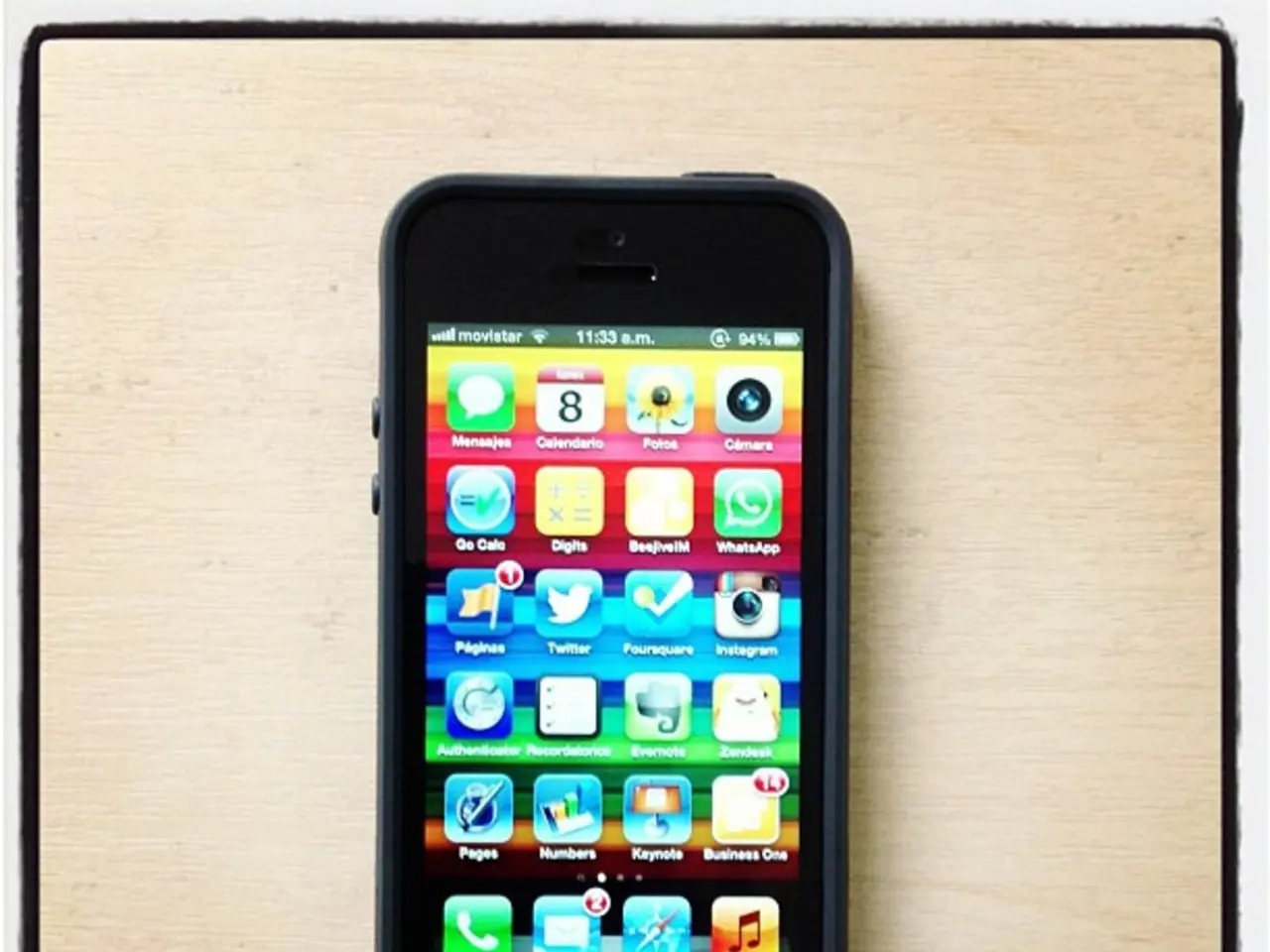Dial-up service provided by AOL is terminated - Questions arise about the future for individuals relying on non-broadband connections.
As the era of dial-up internet fades, rural residents face a new landscape of internet options. This article aims to provide a clear and concise guide for those seeking reliable and affordable internet access in rural areas.
Satellite Internet: A Widespread Solution
Providers like Starlink, HughesNet, and Viasat offer satellite internet that can reach nearly anywhere in the country. While satellite internet offers service almost anywhere, it can be expensive with equipment costs up to $600 and monthly plans at $65-$120. It may also be affected by weather and have data caps. However, Starlink's newer low-Earth-orbit satellites offer far better speeds and lower latency than traditional satellite services, but equipment costs can top $500 and monthly plans often exceed $100.
DSL: A Reliable, Slower Option
DSL internet costs range from $40-$60 per month and uses existing phone lines, making it more reliable than satellite but slower than cable or fiber. Speed quality depends heavily on proximity to the provider’s hub.
Fixed Wireless Internet: Growing in Rural Areas
Fixed wireless internet, offered by providers such as Verizon, T-Mobile, and AT&T, provides easy setup and competitive speeds in strong coverage areas. However, it is not available everywhere and speeds drop in congested networks. T-Mobile’s 5G service, for example, offers 72-245 Mbps speeds, $50/month pricing, free equipment, and no contracts, making it a very competitive option for rural users with coverage.
Cable and Fiber: Where Available
Cable internet provides better speed and reliability than DSL but is often not available in the most rural locations. Fiber, where available, offers gigabit speeds and is the gold standard. However, it remains scarce in rural areas and may have higher costs (both monthly and upfront).
Community and Municipal Networks: A Growing Trend
A growing number of towns are building their own broadband infrastructure or partnering with nonprofits to deliver affordable internet access, often with grant funding. While these networks can be affordable, their availability is limited and rollout can be slow.
The Future of Rural Internet
For rural users replacing dial-up in 2025, 5G home internet and DSL typically offer the best balance of cost, speed, and equipment expenses. Satellite (including Starlink) fills gaps where wired or fixed wireless options are not feasible. Equipment costs vary by provider but generally range from free or low-cost modems/routers (especially with DSL and 5G plans) to several hundred dollars for satellite dishes and terminals. Monthly service costs for these alternatives tend to range from $30 to $80, depending on speed and provider.
This overview helps rural users choose based on availability, speed needs, and budget constraints. It's important to note that more than 90% of U.S. households now have access to broadband, but millions still live in areas where high-speed internet is unavailable, unreliable, or unaffordable.
The end of AOL's dial-up service marks the end of an era for the distinctive screech and hiss of a modem connection. As we move forward, it's clear that the landscape of rural internet is evolving, and providers are working to expand access and improve service quality. Federal and state broadband initiatives, along with private investment, are working to expand internet access, but the transition may be bumpy for some.
Technology continues to play a significant role in the rural internet landscape, with providers offering various options such as satellite, DSL, fixed wireless internet, and cable/fiber, each with its unique advantages and drawbacks.
In the future, rural users might find a good balance between cost, speed, and equipment expenses with options like 5G home internet and DSL. However, satellite, including Starlink, remains a suitable choice in areas where wired or fixed wireless options are not feasible.




